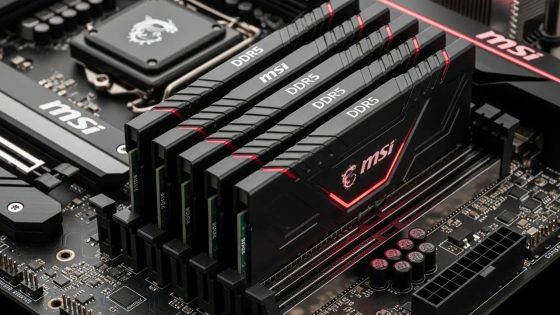Quantum Internet soon among us?

Scientists have recently developed a new type of molecular qubit based on the rare element erbium, which could help connect quantum computers over existing optical infrastructure, laying the foundation for a future quantum internet.
Erbium has special optical and magnetic properties that enable the transmission of quantum information at telecommunications wavelengths, the same as those used in global optical networks. This makes it easier to integrate qubits into silicon chips, opening the way to smaller and more compact quantum devices.
The team published their findings on October 2 in the journal Science, describing the technology as “a promising building block for scalable quantum technologies,” from ultra-secure communication links to long-range quantum networks.
Unlike traditional qubits, which are usually superconducting circuits, trapped ions or photons, molecular qubits use individual molecules whose electronic spin determines the quantum state. The erbium qubit is special because it acts as both a spin qubit and a photonic qubit, as it can store information magnetically while being read out optically.
In experiments, the researchers were able to put the spins of an erbium atom into a controlled superposition, then read out the quantum states using optical spectroscopy. "These molecules can act as a nanoscale bridge between magnetism and optics," said co-author Leah Weiss.
Operating at telecommunications wavelengths offers two key advantages: signals travel long distances with minimal loss, and light easily passes through silicon without absorption. This makes erbium qubits ideal for on-chip hardware.
Each qubit is built from a single molecule, about 100,000 times smaller than a human hair, and its structure can be tailored using synthetic chemistry. This flexibility allows for integration into solid-state devices or even biological environments.
Research leader David Awschalom emphasized that the next challenge is integration: “We are working on embedding these qubits into on-chip devices, which could open up new possibilities for controlling and connecting molecules.”



























